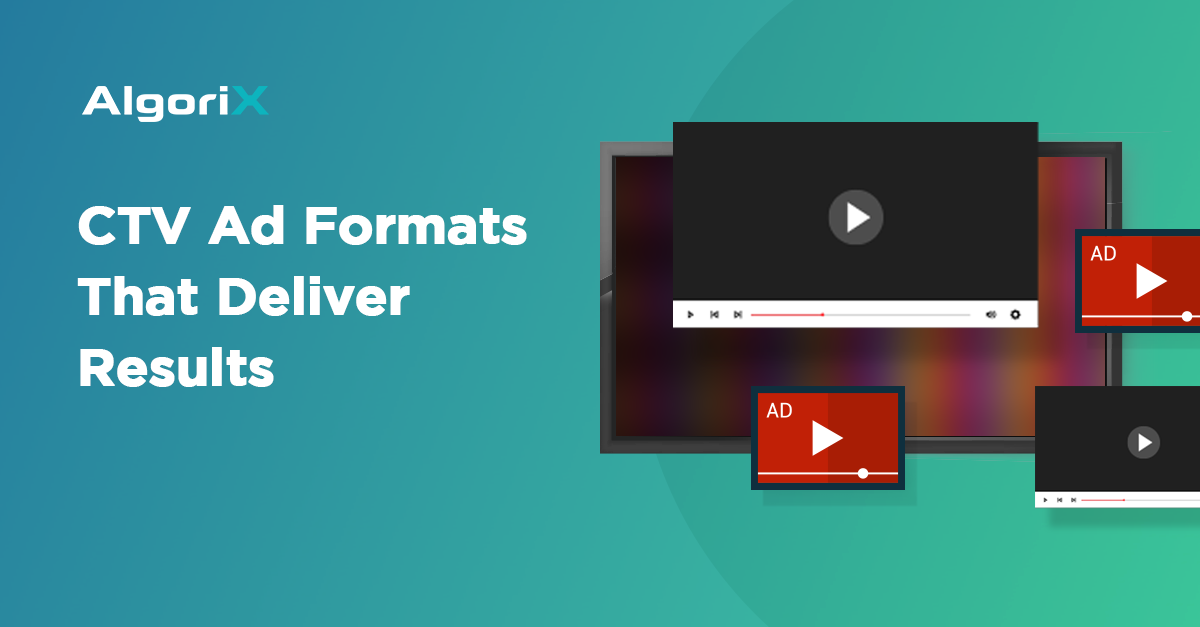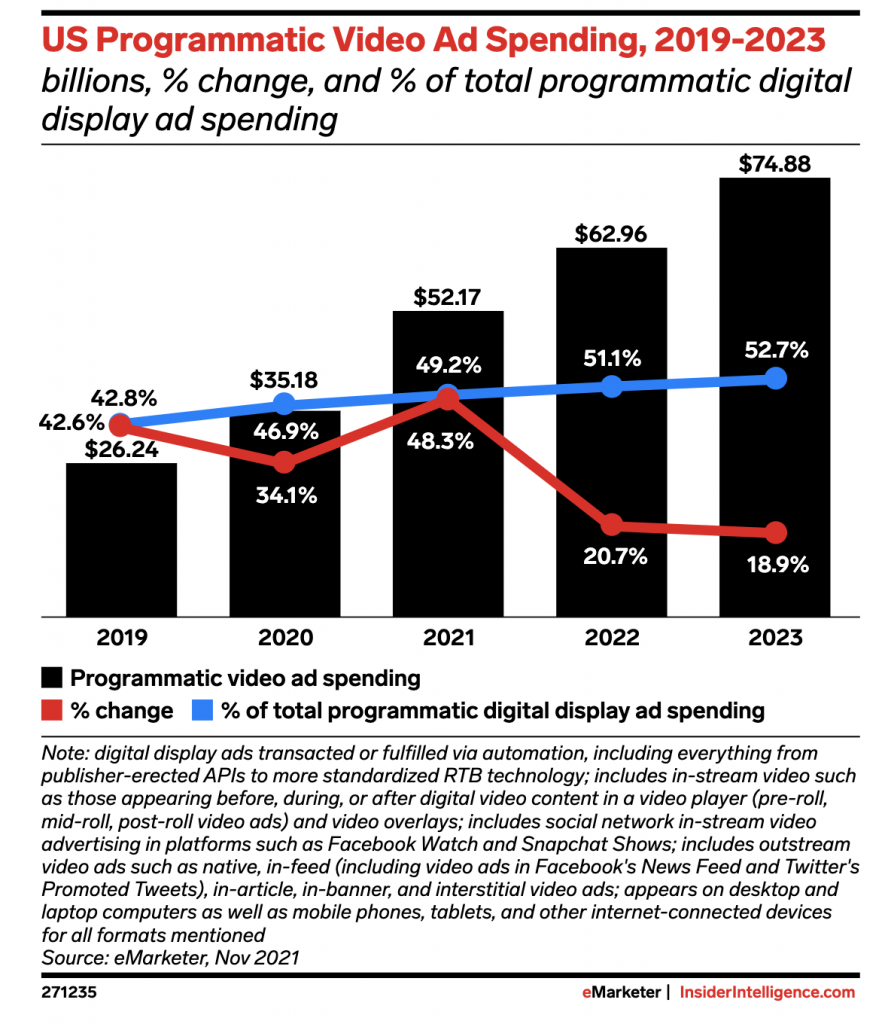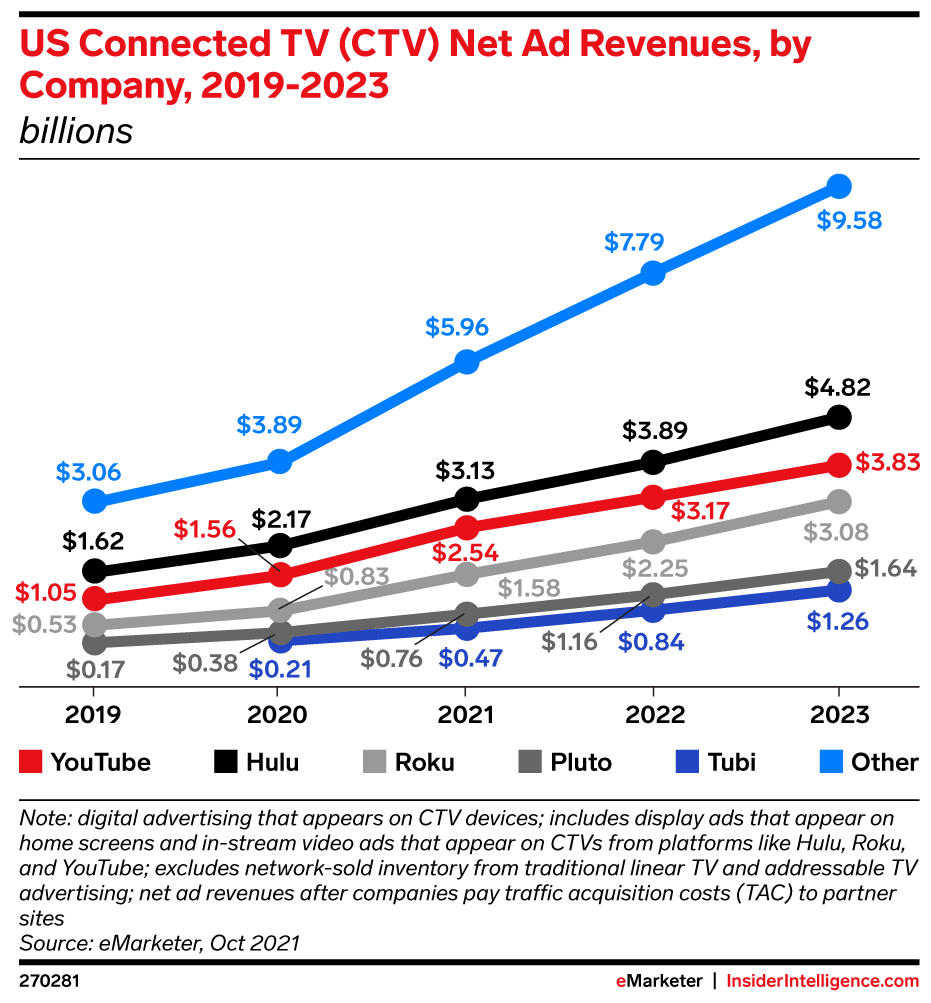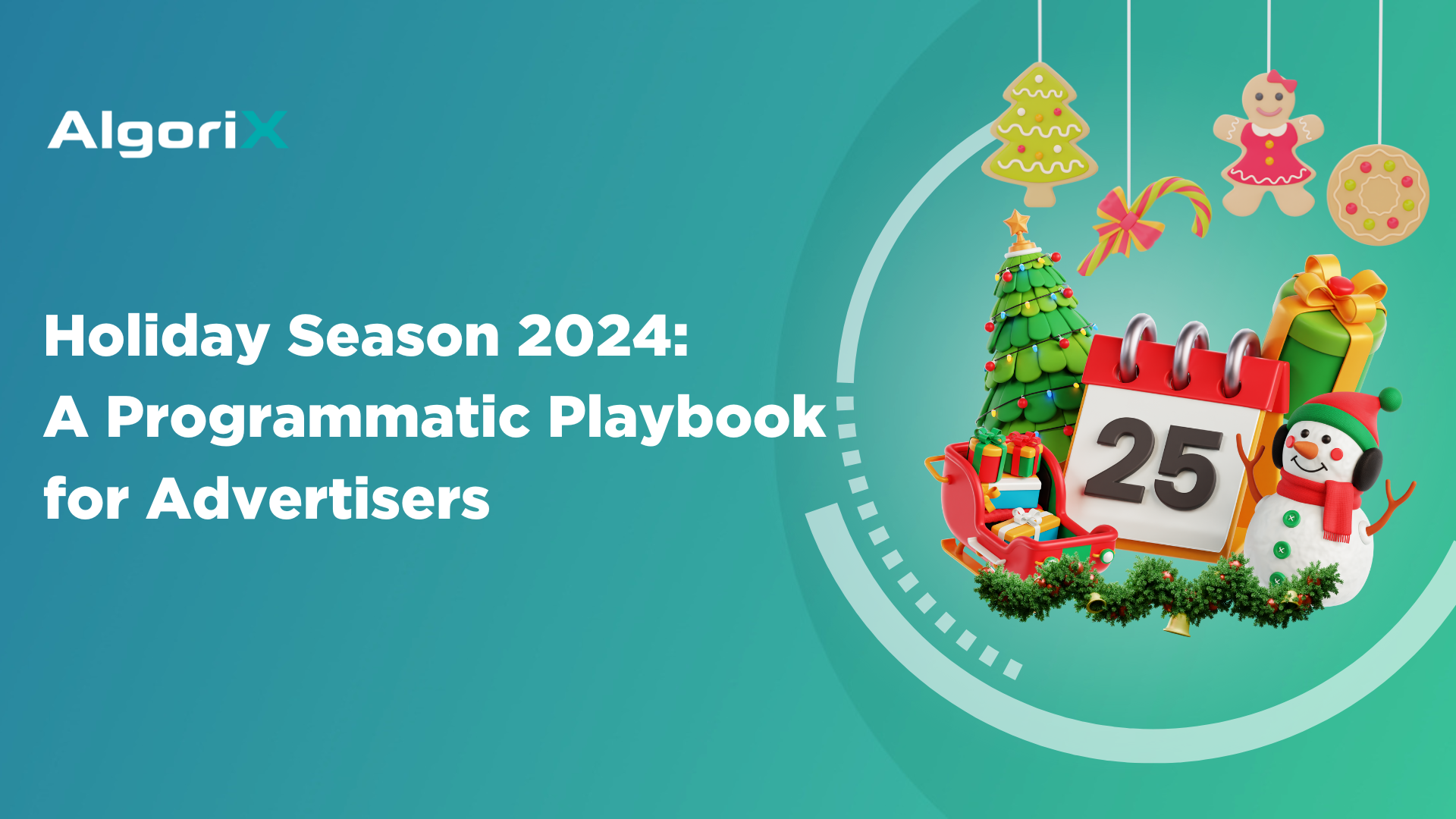It’s undeniable that Connected TV (CTV) advertising is getting a lot of interest. Many companies, big or small, are investing in their CTV advertising plans to make sure they can maximize the appeal it can provide. This year, CTV will cover over 20% of the total programmatic video ad spend and account for 10% of the total programmatic display.
Why would companies choose to spend billions on CTV advertising? The answer is simple. It can bring higher revenues. EMarketer showed that CTV ad revenue can hit $24.2 billion by 2023, representing a 67.7% increase from 2019.
However, these numbers will mean nothing if your company cannot leverage CTV advertising effectively. Using the proper CTV ad formats that bring results will make a huge difference.
CTV Ad Formats That Work
Here are some of the CTV ad formats that can bring revenues:
1. In-Stream Ads
In-stream ads feature an ad linked to the actual content watched by the target audience. It can be launched before showing the episode, in the middle of the content as a pause, or after it plays. Depending on the brand or ad shown, the timing of the placement is critical in getting the audience’s attention. Once directed towards a captive audience, in-stream CTV ad formats can encourage viewers to visit landing pages and make purchases directly.
2. Pre-Roll, Mid-Roll, and Post-Roll Video Ads
Another CTV ad format popularly used by advertisers is the pre-roll and post-roll video ads.
In pre-roll ads, the theme duplicates the viewers’ traditional TV experience wherein they watch several ads in between specific content blocks. They are effective in captivating and engaging the viewers as they look forward to knowing more about the content after the campaign.
Though pre-roll ads have the highest recall rate among viewers, mid-roll ads do better with engagement since the audience can click through and out of the video they’re watching to engage with the specific brand.
Last, post-roll video ads play after the video. Since the ad plays after the content, consumers are more likely to engage and have a higher interest – enough to do a follow-up on what is being offered to them.
3. Dynamic Overlay Ads
Dynamic overlay ads are CTV ad formats that automatically adjust to the content type they deem most effective for particular users. This CTV ad strategy includes uploading various products or content using an ad delivery solution customized in real-time to produce the most relevant landing page or creative for each audience.
This CTV ad format is effective because it’s personalized and is based on behavioral data, including browsing history and user location. They are best used for remarketing and user acquisition because it allows advertisers to lessen their ad spending while increasing campaign ROI.
4. Actionable Ads
Actionable ads are interactive CTV ad formats curated to connect users to the products and services within the ad itself. Publishers can add external links to increase the advertiser’s click-to-buy opportunities within the ad.
Based on current consumer behavior, it’s no longer surprising to see CTV advertising rise in the ranks this year and beyond. CTV elevates TV’s branding potential and helps push creativity in advertising further. But success lies in how effective your chosen CTV ad formats are and the availability of measurement to see whether your campaigns match your KPIs.
Connect with us to learn how you can leverage CTV’s potential to bring your brand actionable and measurable outputs.















